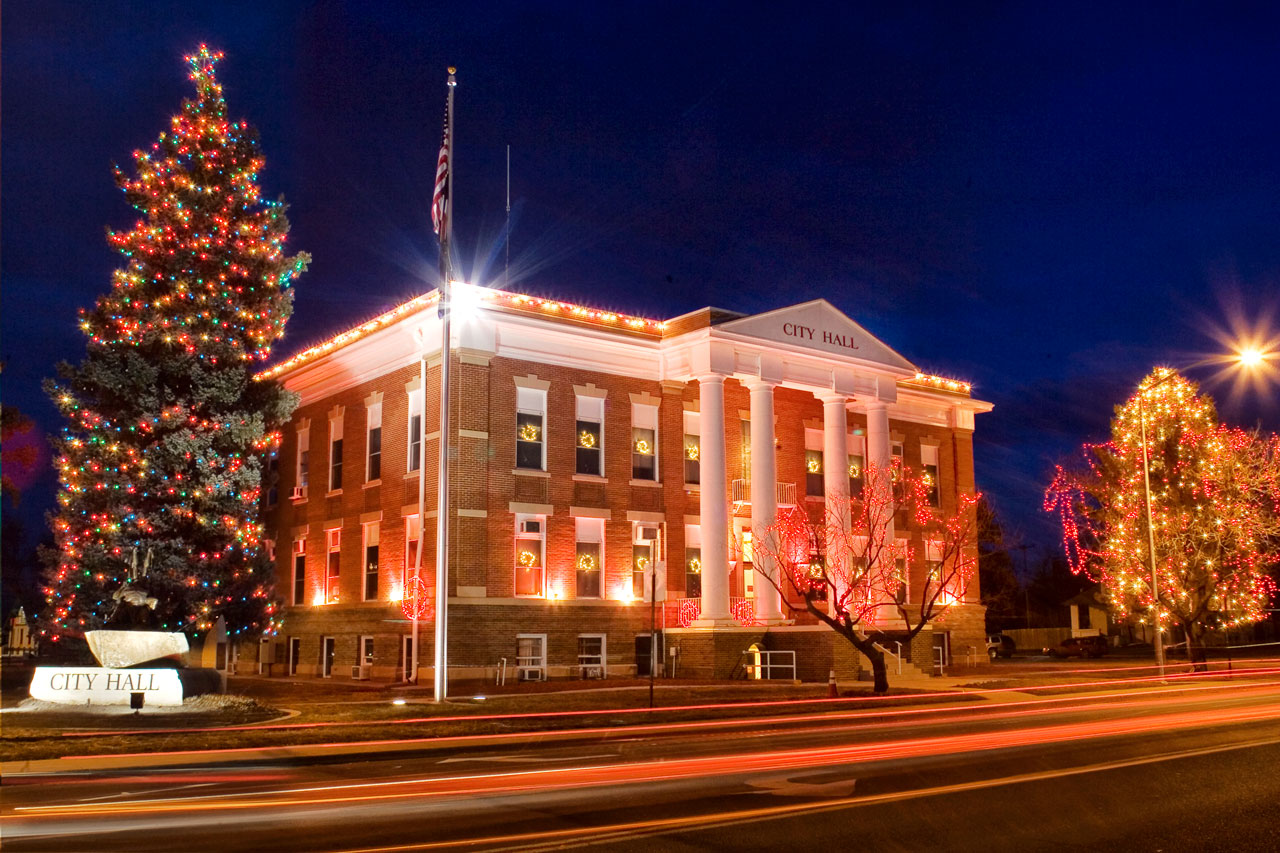Today’s Post by Joe Farace
“Learning ‘to see the light’ may be a tired photographic cliche but that doesn’t mean that it’s not true and an important part of a photographer’s development.”—Joe Farace
As I mentioned in a post on this subject on my old blog, light has four major qualities: quality, quantity, color and direction. No matter what exposure mode you select with your DSLR or mirrorless camera, seeing how the light in a scene affects its overall impact is the key to mastering the art of proper exposure. Yes, its just as much art as it is science because the final exposure controls the image’s mood.
Learning to see the light isn’t all that difficult but takes practice not only by making new photographs but also taking the time to analyze those images after you’ve created them. The photograph of Mary, from that previous post, was shot on the island of Kauai several years ago and has dark, dark shadows and blasted out highlights. It’s an exposure nightmare with lots of contrast, yet I think it works because it replicates the mood of the real-world situation.
 Part of learning to seeing the light isn’t just looking at what you think the subject of your photograph might be but instead looking at the shadows and highlights, keeping in mind that the difference between the two determines the image’s overall contrast. Sometimes you’ll hear the term “dynamic range” in relation to the range of contrast in a scene. Take the above example of the Brighton City Hall that was made during a previous holiday season.
Part of learning to seeing the light isn’t just looking at what you think the subject of your photograph might be but instead looking at the shadows and highlights, keeping in mind that the difference between the two determines the image’s overall contrast. Sometimes you’ll hear the term “dynamic range” in relation to the range of contrast in a scene. Take the above example of the Brighton City Hall that was made during a previous holiday season.
How I made this shot: I made the photograph using my old (now sold) Canon EOS 1D Mark II N and with Canon’s inexpensive and now discontinued EF 22-55mm f/4-5.6 USM EF lens. The image you see is actually a combination of two exposures: The first covers everything from the right side of the large tree on the left) to the right edge of the frame: it had an exposure of eight seconds @ f/13 at an ISO of 200. The second exposure from that same tree to the left edge of the frame was made at 2.5 seconds because the tree and city hall sign were too overexposed.
If understanding how to see the light is the first part of making consistent and correct exposures, the other part is a working knowledge of the technology inherent in the process. And that involves practice. Tip: Make a new photo every day and try to learn something new from the experience.

If you enjoyed today’s blog post and would like to buy Joe a cup of Earl Grey tea ($2.50), click here. And if you do, thanks so much.
Along with Barry Staver, I’m co-author of Better Available Light Digital Photography that’s available from Amazon for $21.50 with used ones starting at giveaway prices—around five bucks— as cheap as a Grande Pumpkin Spice Latte at Starbucks.